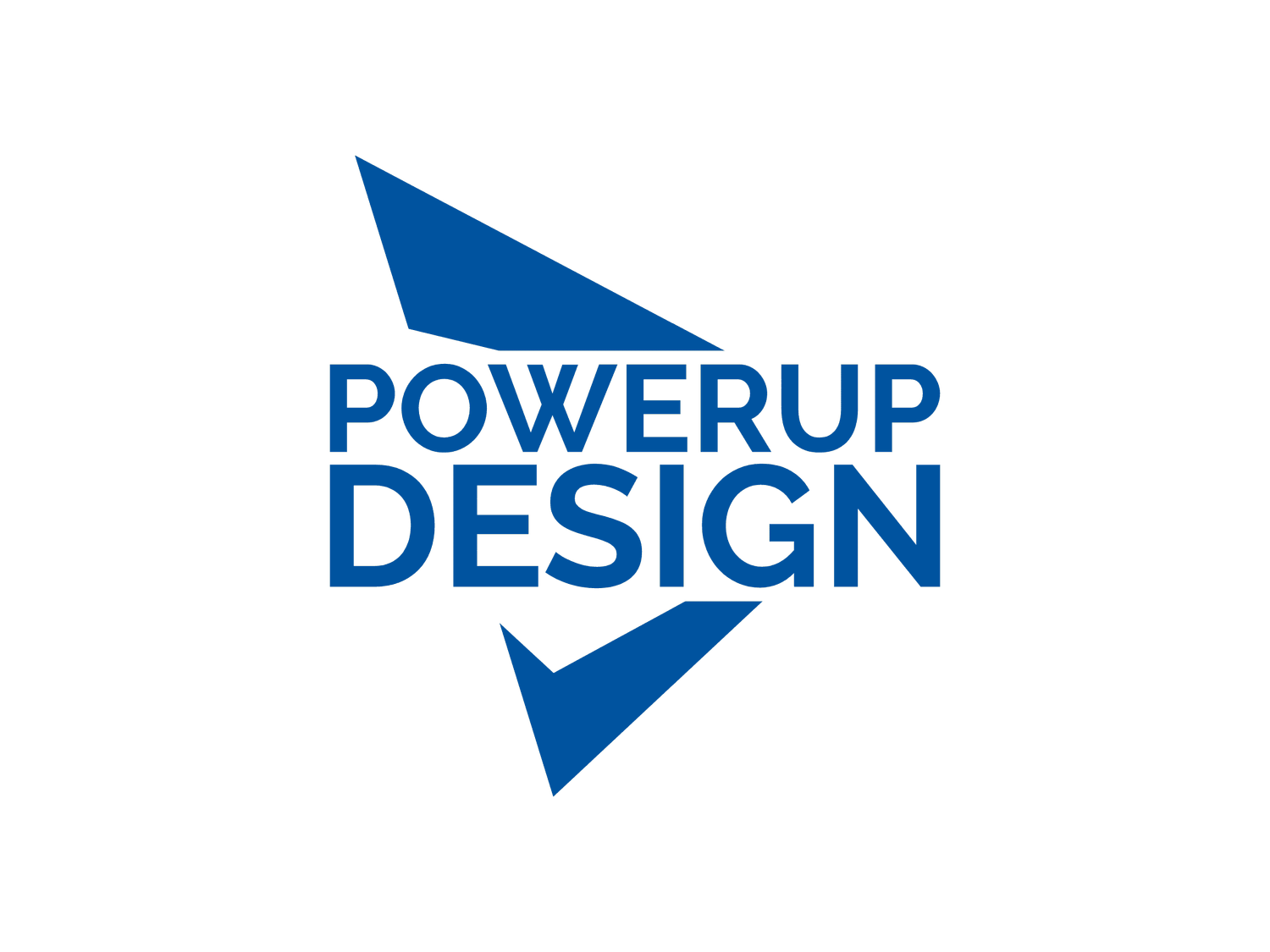Design with Empathy
Empathy is about being able to put ourselves in someone else's shoes and understand their perspective. It is essential for designers to develop an empathetic approach because it helps them to create designs that are intuitive, engaging, and meaningful to their users.
Here’s how!
It all about conversations. Find out the needs, motivations, and challenges of your target audience. What problem are you trying to solve with your website or mobile app design? Starting with a phone call helps. We live in an age of web conferencing. If you and your client are comfortable with that, then Google Meet, Zoom, and other conferencing options work well. You may want to follow up your conversation with some targeted survey questions. The goal is to gather insights and new perspectives - somewhat like the saying of walking in the another’s shoes.
Visualizing chaos through empathy mapping can be a powerful tool. What are the obstacles are contributing to the problem that creative design can fix? By representing a problem as a visual, a path forward can be found through the chaos. Ask your clients to visualize barriers to success. Art skills not needed! Empathy mapping helps clear the cloud of abstraction by providing a concrete understanding of goals, frustrations, and a sense of what having a problem solved feels like. Empathy maps are visual tools that help you explore users' thoughts, feelings, and behaviors related to a specific design challenge.
Observe how your users interact with products and services. Not only is it important for designers to understand their clients from an empathic viewpoint, it’s essential that business owners understand their customers. Observation here is critical. How do customers interact with products? What feedback do they share? Why would someone take a class? What problem are they trying to solve? How can you best address the needs of your customers? If possible, observe users in their natural environment to understand how they interact with products or services. Observation provides insights into customer behaviors, pain points, and needs. Contextual inquiry involves observing users while they perform tasks and having conversations with or gaining feedback from them to gain deeper insights. Ask open ended questions. “What do you think about? What did you choose this product over that product? And, then listen. Really listen. This technique helps uncover underlying needs and motivations.
Involve users in the design process by engaging them in co-creation activities. Collaborate with users through workshops, design sprints, or participatory design sessions. By involving users directly, you can gain their perspectives, validate ideas, and ensure that your design solutions meet their needs. Solving a complex problem can mean putting a lot of puzzle pieces in the right place. Bring your ideas to the group and embrace failure - those first attempts that really won’t work. While designers can be experts a fitting puzzle pieces together, at times some of the pieces get lost in the process. it really is all about the vision of others. Collaboration helps fit all the puzzles pieces together so that a beautiful image unfolds.
Stories lead the way! Everyone loves a good story. Sharing stories helps to build relationships and interest. What story does the website or mobile app need to tell? How will the story engage empathy and build relationships? Sometimes the best story is on the About page, but stories can fill any page. Even your website begins as a storyboard because the website, itself, tells a story about the company, including its core values, mission, and vision.
Practice mindfulness and reflection within the design process. Take the time to pause, reflect, and imagine yourself as the user. This helps designers develop a deeper sense of empathy and make more informed design decisions.
Remember, empathy should be an ongoing practice throughout the design process. Continuously seek feedback, iterate, and involve users to ensure your designs truly meet their needs and provide a positive user experience.





